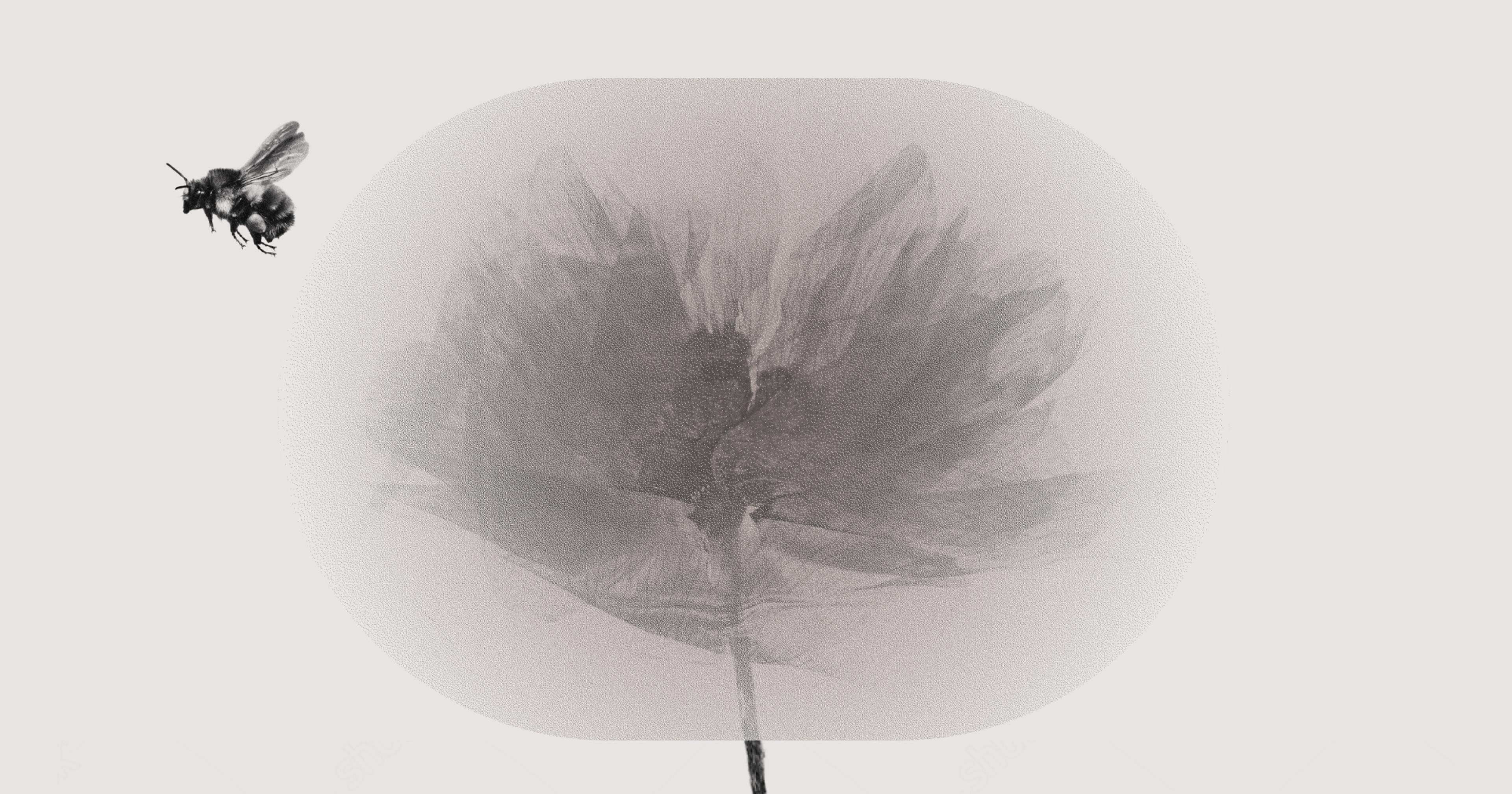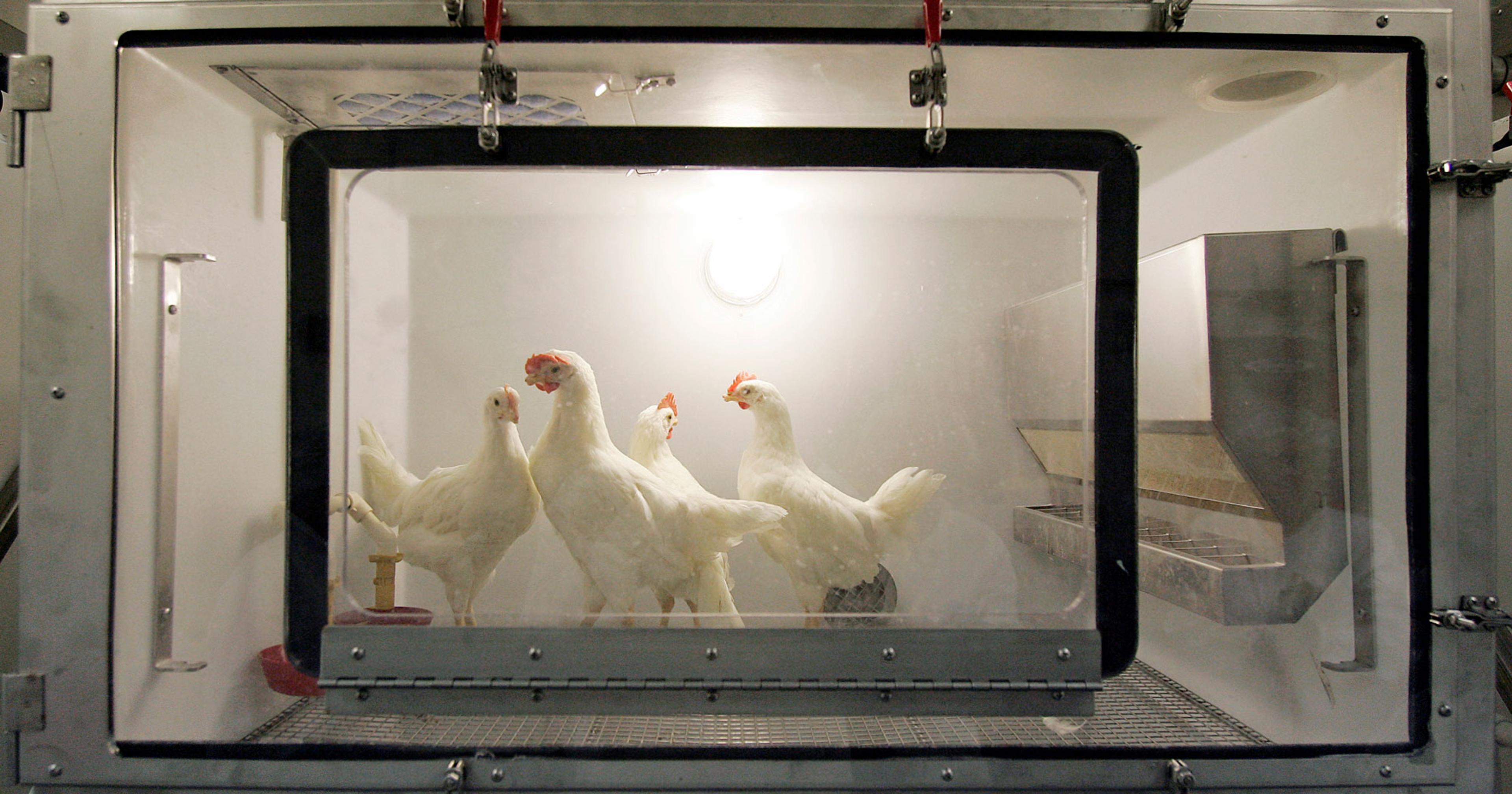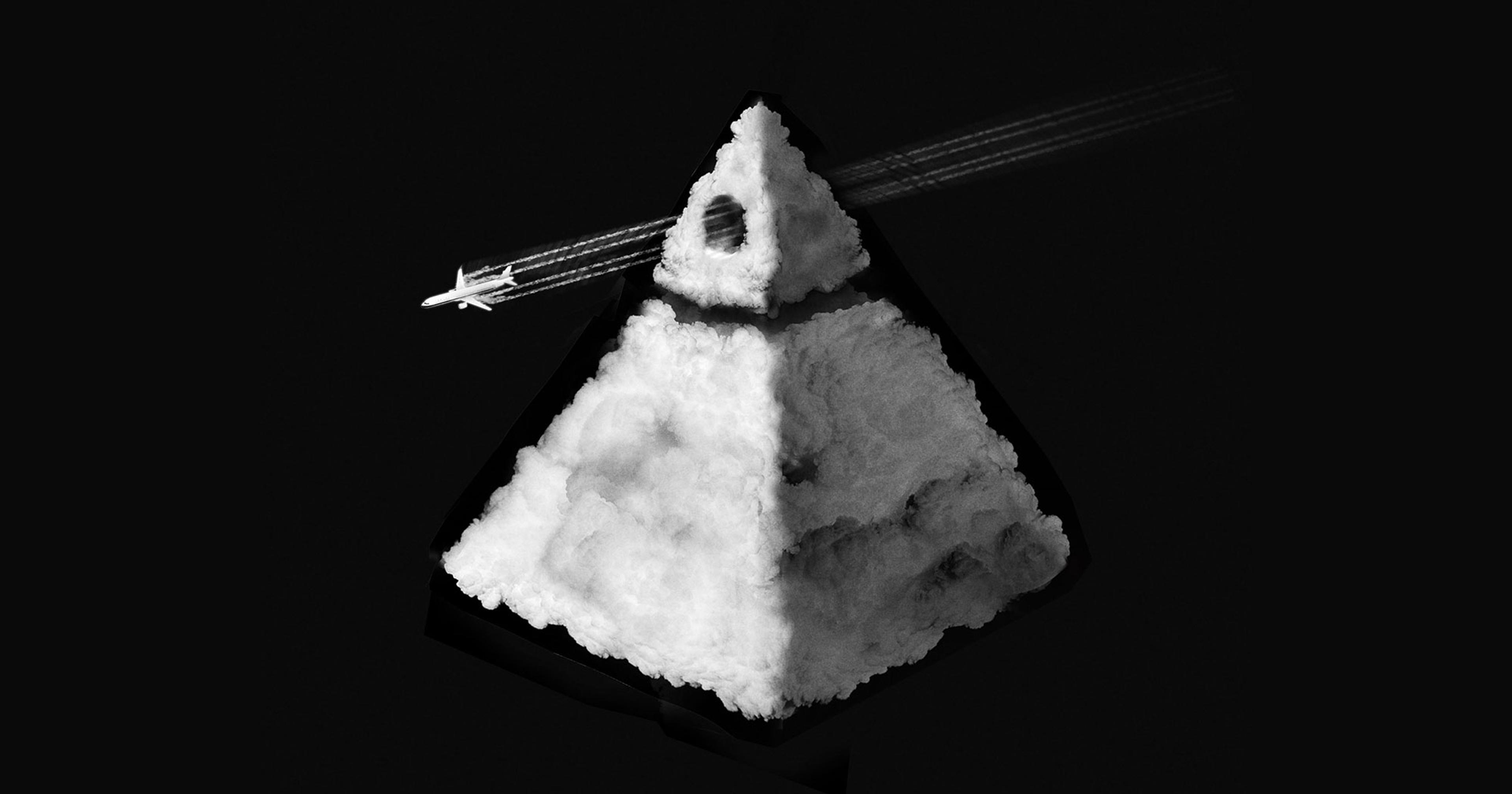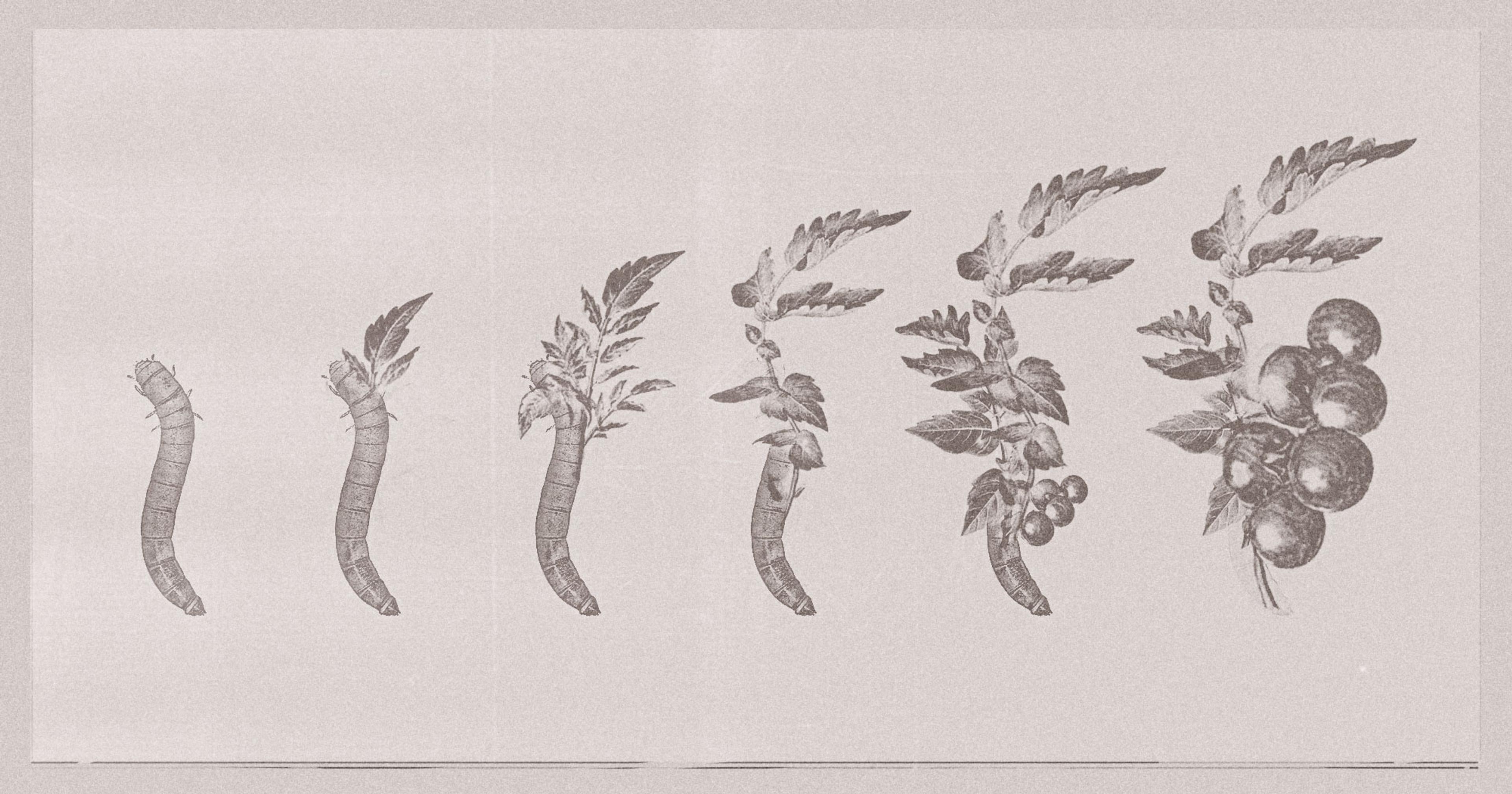New research shows some synthetic chemicals change the electric fields around flowers so that pollinators avoid them.
Researchers have been tracking and tallying the toxic chemical effects of synthetic agricultural inputs on both managed and wild bee pollinators for more than a decade. Insecticides in particular have been shown to both kill bees outright (these chemicals are designed to poison insects, after all) and to engender sub-lethal effects like inhibited foraging, navigation, and reproduction. Fungicides and herbicides have been linked to molecular and genetic changes in pollinators; additionally, they eradicate flowering non-crop plants that ensure that these critters have enough nectar to forage. Combinations of fertilizers and other chemicals sprayed on crop fields have also been shown to be more toxic to bees than single chemicals.
Such studies have given rise to support for bans on pesticides such as neonicotinoids; calls for increased support of the organic sector’s comparatively chemical-free systems; and guidance from extension agents about how to minimize pollinator risk by adjusting when and how much of a chemical is sprayed. Until now, the relevant research has looked at the long-term effects of chemical inputs on bees. A new paper published today in PNAS Nexus considers the ways in which common fertilizers and the insecticide imidacloprid affect the physical rather than chemical interactions between flowers and bumblebees, by changing the physics surrounding flowers. For the first time, this paper shows that these popular agricultural inputs actually repel bees and keep them from landing on treated blooms.
The findings have to do with static electrical fields (E-fields to the researchers). This is where a physical interaction between bees and flowers happens. The atmosphere surrounding flowers is positively charged (as are bees), while flowers and pollen are negatively charged, explained Ellard Hunter, a biologist at the University of Bristol and the paper’s lead author. A flower’s E-field is one of the things that draws a bee to it, in addition to color, scent, shape, and texture. When chemical fertilizers are sprayed across a crop field, they modify the E-fields around flowers in a way that “turns out to be not that trivial,” said Hunter.
“If you are small and have hairs all over your body, the electric fields are way more profound.”
As the PNAS paper explains, this can “manifest itself as an immediate behavioral response wherein bumblebees decide not to land while hovering around treated flowers.” That might have significant implications for pollination services; if bees won’t stop on a farmer’s fields to drink nectar and bring pollen from flower to flower along the way, that could lead to poor crop yields.
What’s making this repulsion happen, said Hunter, is that the chemicals stress the plants, which triggers a change in the dynamics of their surrounding E-fields. “Like, we have vision and can see light but if you look into the sun, you have too much light in your eyes and then you don’t see anything,” Hunter said. How this change is perceived by bees is akin to the static electrical field around an old television that might make a person’s skin prickle. “You would not feel comfortable standing in front of your television all day, that kind of sensation … But especially if you are small and have hairs all over your body, the electric fields are way more profound,” Hunter said.
The good news is that this change is temporary, lasting for maybe 20 or 25 minutes after a chemical is sprayed. The bad news is twofold. For starters, Hunter discovered quite by accident, when he meant to reapply a chemical mixture to some flowers in his lab but reached for plain water instead, that adding water on top of fertilizer (as would happen when it rains) makes the bee-repellent effect happen all over again. He’s not sure of the mechanism that causes this but it might have to do with a memory reflex in the flower.
“You could be designing your fertilizers in a way that doesn’t trigger too much of a response in the plant.”
There’s another reason that even a short-term negative effect of the chemicals becomes more relevant, Hunter said: If bees visit a field and find it unsatisfactory for whatever reason, they’ll seek out fields “where there are no negative associations and also communicate their negative experience to the other bees.” Basically, some unhappy bees give the equivalent of a bad Yelp review and doom a field to pollinator irrelevance.
Although the PNAS study looked at the effects of only a few synthetic inputs, and only on bumblebees, Hunter’s earlier work considered the effects of these chemicals on honeybees, which he said were even more sensitive; this opens the possibility that the negative effects of changing E-fields could be felt by many or all pollinators. It’s also possible that other synthetic chemicals could cause the same reactions in flowers and bees — Hunter found that even organic fertilizers can stress plants.
One possible practical outcome of this paper, Hunter speculated, could be applying more “crude” types of inputs, like seaweed, directly to soil. Or it could drive pesticide companies to find ways to derive alternate, less stress-inducing formulas for their product. That way, “You could be designing your fertilizers in a way that doesn’t trigger too much of a response in the plant,” Hunter said.







